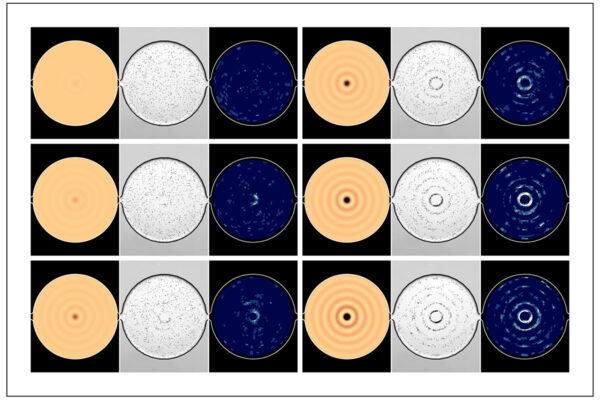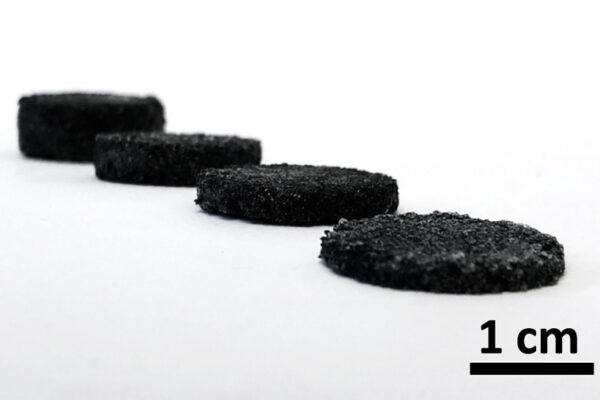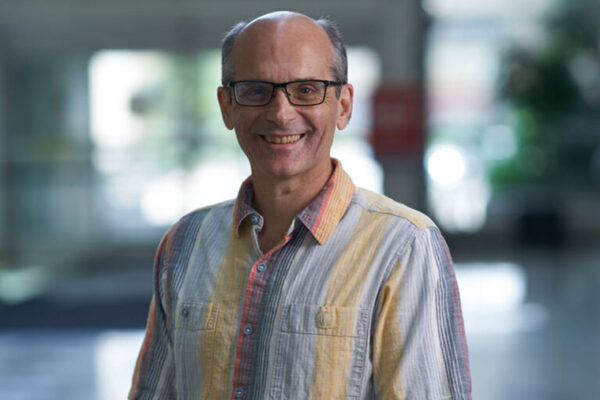Life sciences and biomedical research relies on the ability to separate molecules and cells from biological fluids, but doing so efficiently and with precise control has been a challenge. This is particularly true when the important cells, or targets, need to be isolated from a complex mixture of other microscopic particles, such as in blood.

J. Mark Meacham, associate professor of mechanical engineering and materials science at the McKelvey School of Engineering at Washington University in St. Louis, plans to make progress on a unique microfluidic technology with a four-year $1.5 million technology development grant from the National Institutes of Health (NIH). A prototype was first designed and fabricated as part of his microfabrication class in 2016 and was further developed by two students in his lab, Mingyang Cui and Michael M. Binkley, who earned doctorates in mechanical engineering from the engineering school in 2021 and 2019, respectively.
The technology is based on a microfluidic subunit that controls the motion of very small objects, from the microscale to the nanoscale, for separation, enrichment or confinement.
Read more on the engineering website.


